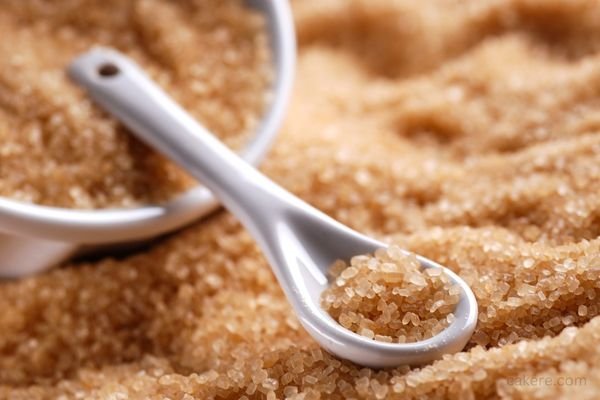Baking is both an art and a science, and understanding the role of different ingredients is essential for creating delicious treats. Brown sugar is a common ingredient in many baking recipes, from chocolate chip cookies to banana bread.
But what exactly does brown sugar do in baking? In this article, we’ll explore the science behind brown sugar and its impact on the taste, texture, and appearance of baked goods.

What Does Brown Sugar Do in Baking? The Science Behind the Sweetness:
When it comes to baking, brown sugar is often used in place of white sugar to add a richer, more complex flavor. But brown sugar isn’t just sweeter than white sugar – it also contains molasses, which gives it a distinct flavor and color. Here are some of the ways that brown sugar can impact your baked goods:
- Adds Moisture: Brown sugar has a higher moisture content than white sugar, which can help keep your baked goods moist and tender.
- Enhances Flavor: The molasses in brown sugar gives it a caramel-like flavor that can enhance the taste of baked goods. It can also add a subtle hint of nuttiness or spiciness, depending on the type of brown sugar used.
- Affects Texture: The moisture in brown sugar can also impact the texture of your baked goods. Brown sugar can make baked goods more dense and chewy, which is why it’s often used in recipes like brownies and chocolate chip cookies.
- Improves Browning: Brown sugar can help baked goods brown more quickly and evenly, giving them a golden, caramelized crust.
Using Brown Sugar in Baking: Tips and Tricks
Now that you know what brown sugar does in baking, here are some tips for using it in your own recipes:
- Measure Accurately: Brown sugar can be clumpy and difficult to measure, so it’s important to use a measuring cup or scale to ensure accuracy.
- Adjust Other Ingredients: Because brown sugar contains more moisture than white sugar, you may need to adjust the other ingredients in your recipe to maintain the proper consistency.
- Experiment with Different Types: There are several different types of brown sugar, including light brown sugar, dark brown sugar, and demerara sugar. Experimenting with different types can give your baked goods a unique flavor and texture.
FAQs
It depends on the recipe. Brown sugar has a different moisture content and flavor profile than white sugar, so it may not work in every recipe. However, it can be used as a substitute in many recipes, especially those that call for a richer, more complex flavor.
Yes, you can make your own brown sugar by mixing white sugar with molasses. To make light brown sugar, use 1 tablespoon of molasses for every cup of white sugar. For dark brown sugar, use 2 tablespoons of molasses per cup of white sugar.
Yes, different types of brown sugar will have different levels of moisture and molasses content, which can impact the taste and texture of your baked goods. Light brown sugar has a milder flavor, while dark brown sugar has a stronger, more caramelized flavor. Demerara sugar has a coarser texture and a subtle, molasses-like flavor.
